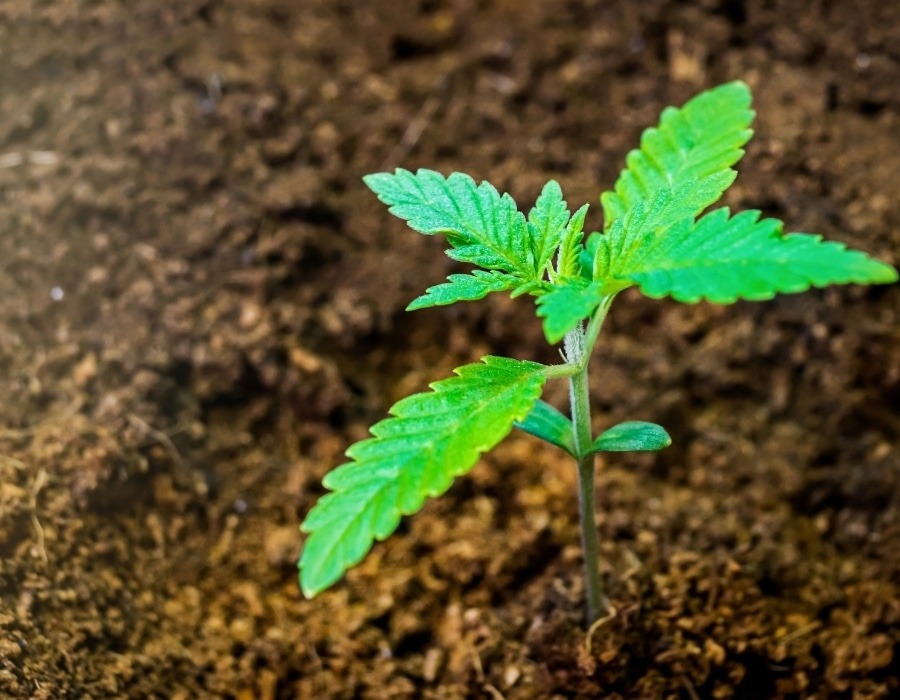One of the most popular cannabis grow mediums is coco coir, sometimes referred to simply as coco. Coco coir (pronounced coy-er) is widely used in both grow rooms and outdoor gardens, in hydroponic and soil grows, and is as versatile as it is popular.
Often used as a stand-alone soil replacement for hydroponic systems, coco coir can also be used as a soil amendment or combined with other mediums, such as perlite or vermiculite, to create a highly-absorbent, loosely-packed medium that enables significant nutrient uptake and rapid root development. If you aren’t already using coco in your grow, you could miss out on some of the many benefits that come with it.
What is Coco Coir?
Coco coir is made of the ground-up fibres of coconut husks. Once considered a byproduct and discarded, it was discovered in the last century that these husks, once ground, created a soil-like substrate that retained moisture well. Since then, coco has gained worldwide traction in the fields of organic farming, hydroponics, and especially cannabis growing.
Coco coir is suitable for many different grow systems. Its soil-like consistency and ability to retain water makes it an excellent medium for beginning growers, but it remains a favourite amongst more advanced horticulturalists as well. This is because, unlike soil, coco coir will retain water and moisture but is light and airy enough to allow oxygen to reach the roots, akin to hydro growing. For this reason, coco coir is widely considered a hydroponic medium, though it is frequently combined into soil mixtures to increase drainage, add moisture retention, and loosen compacted soil.
How is Coco Coir Made?
Coconut husks go through heavy and time-consuming processing to create coconut coir. The husks are soaked in a process called retting, which helps to dissolve cellular tissue and pectin, allowing for the easy separation of the coco fibre from the husk. Once soaking is completed, the husks are dried, sometimes for as long as an entire year.
The separated fibre is then further processed into the form in which it will be sold, either ground to a fine particulate, left in long, stringy fibres, or chopped into larger chunks, referred to as “chips.” Each of these forms of coir possesses its own unique attributes, which can be beneficial for different types or stages of plant growth.
